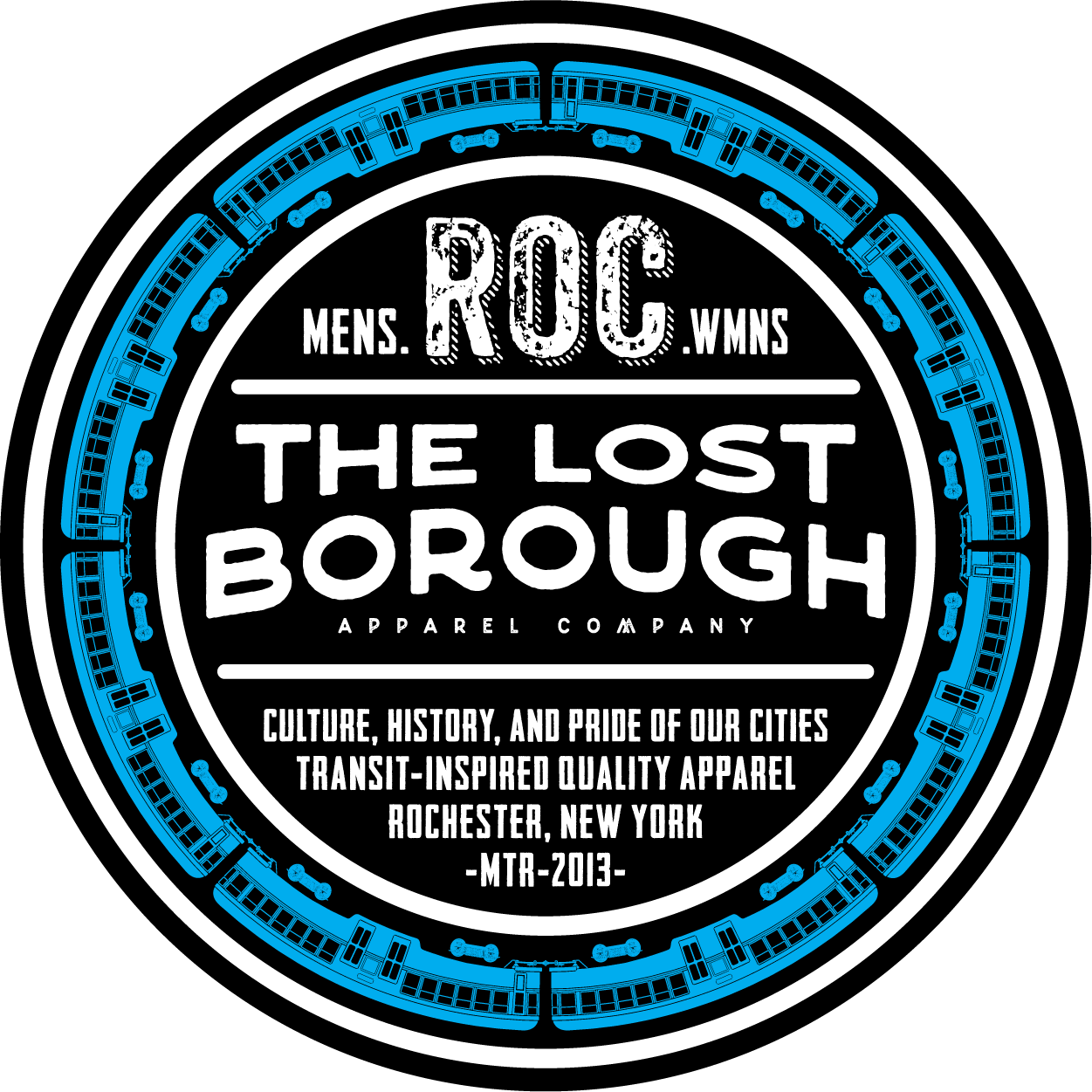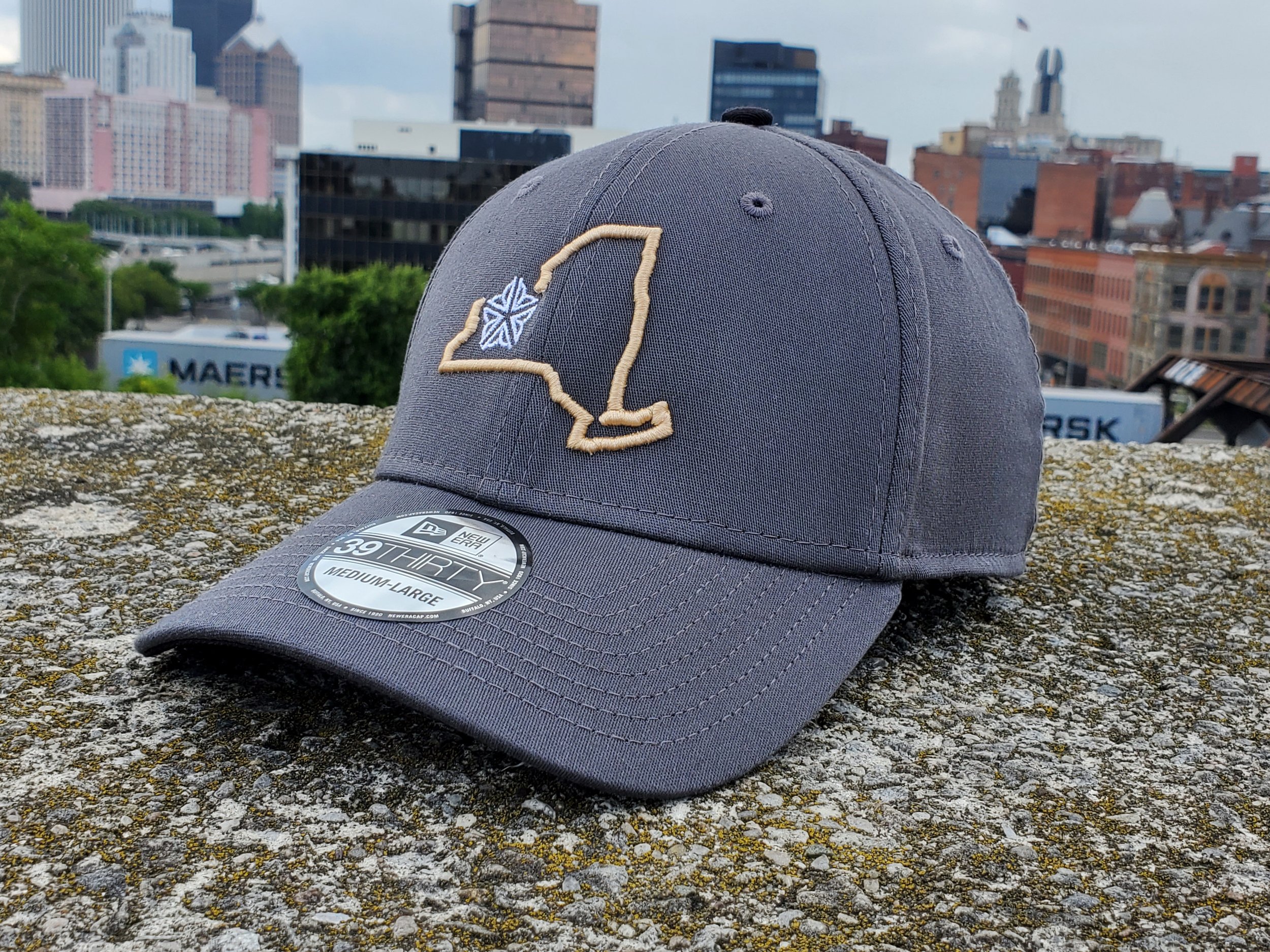Highland Park
Highland Park
So connected to Rochester’s first entry into its official park system that it eventually shares the name, it may surprise people to learn that Highland Park is not just a neighborhood, but three. Highland Park, Azalea, and Lilac neighborhoods all nestle around each other on the land that put Rochester on the global map as the “Flower City.“
It is correct to state that more than one person and company contributed to one of Rochester’s most famous city nicknames, it is difficult to argue that there was a bigger company contribution than that of the Mount Hope Nursery. Started by immigrants George Ellwanger and Patrick Barry, it revolutionized the plant nursery business and at its height was the largest plant business in the world. Started in 1840 with seven acres on the outskirts of the then small city, Ellwanger and Barry expands to over 650 by 1871. In 1888 the company donates 20 acres of land for the creation of Rochesters park system, starting with Highland Park. Frederick Law Olmsted and his firm set to work designing the park with great consideration for nature and relaxation. Groves of old growth trees and perennial plants gather amongst the rolling hills and paths, culminating around two of the most well known parts of the park: the reservoir and the world famous collection of lilacs. Began in 1892 by John Dunbar when he planted twelve varieties of the flowering bush, it was expanded by Bernard H. Slavin to feature over 500 species. The varied bluish purple of the shirt honours this unique contribution that is symbolic of our city, as well as the green accent colour representing the overall plant life featured within the park and surrounding neighborhoods.
One former gem of the park, that was funded by Ellwanger and Barry, and overseen by Olmsted and his firm, is the former Ellwanger and Barry Memorial Pavilion, which would quickly be known as the Children’s Pavilion. Dedicated on September 29th, 1890, the pavilion sat at the highest part of the park and provided 360 degree views of the city and surrounding area. It also served as a respite for children of the community to escape the poor air quality of the city and enjoy the greenery and nature views. Sadly the pavilion was destroyed by a fire in the 1960s, but recent developments have bore fruit as a very dedicated advocacy group has secured funding to build the pavilion again. Updates and timelines are still in development, but such a unique attraction coming back to Rochester is cause for celebration and is the shirt’s design centerpiece.
As with many of the nurseries of the time, the heyday of Rochesters “Flower City“ was coming to a close, from the continued fight against pests and disease, to the growing population of the area, and enterprising business owners saw more value in their land for real estate than plants, and Mount Hope Nursery was no different. After the death of Patrick Barry and creation of Highland Park and Mount Hope Cemetery, George Ellwanger and his company set about converting the many acres they had into plots and streets, creating the neighborhoods we know today as Highland Park, Azalea, and Lilac. Originally the neighborhood name was Ellwanger-Barry, until in the mid 2000s the Neighborhood Association elected to change it to Highland Park.
Rochester's long stretching network of trolley routes serviced the far reaches of the city; The 500 line of Saint Paul and South Ave started in Genesee Valley Park and traveled through Highland Park and Center City north up into the relaxing destination of Summerville on the shores of Lake Ontario.
Unisex Cut:
Shirt Color: Heather Vintage Maroon
Shirt Type: 50/50 Poly-Cotton Athletic Fit T-Shirt







